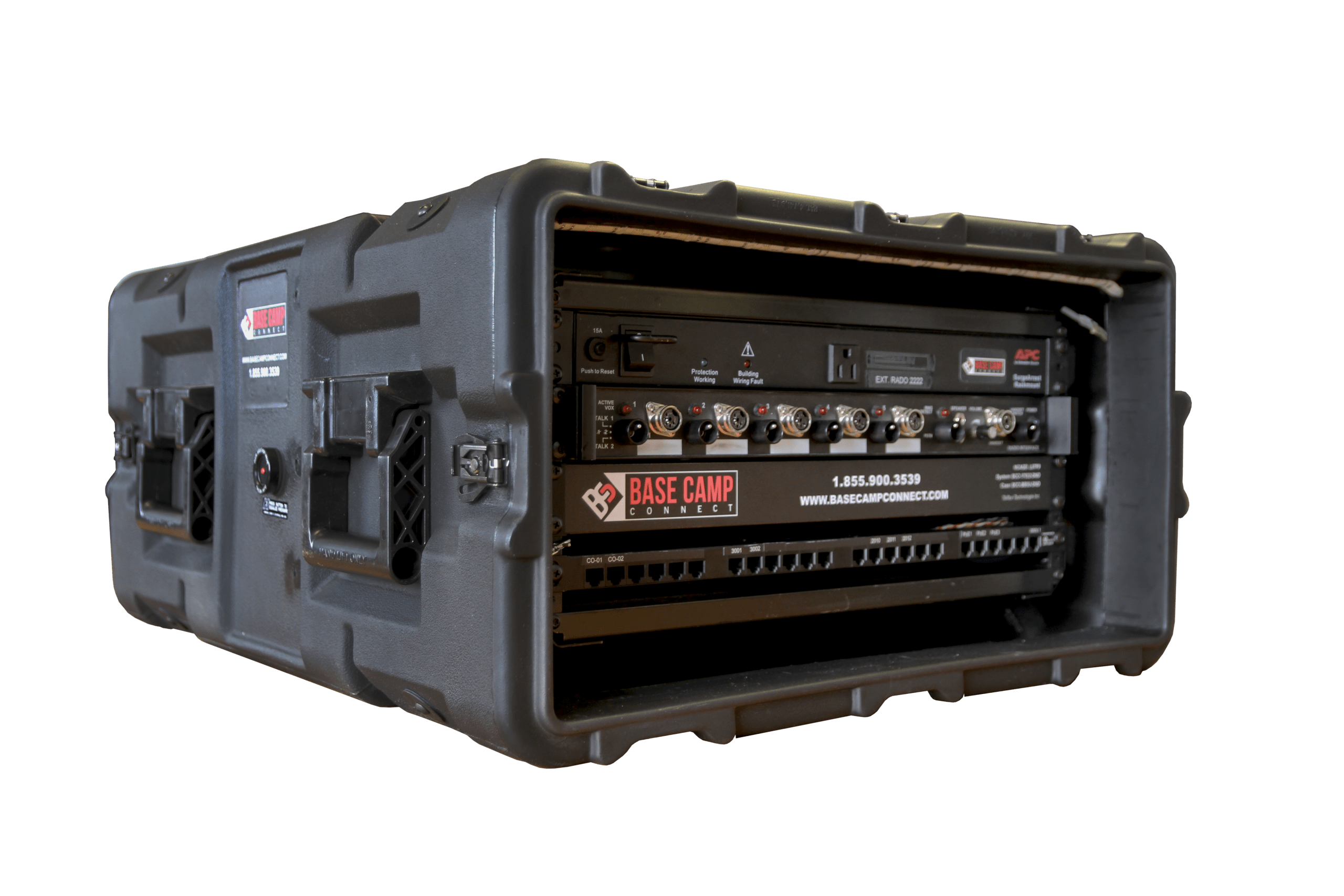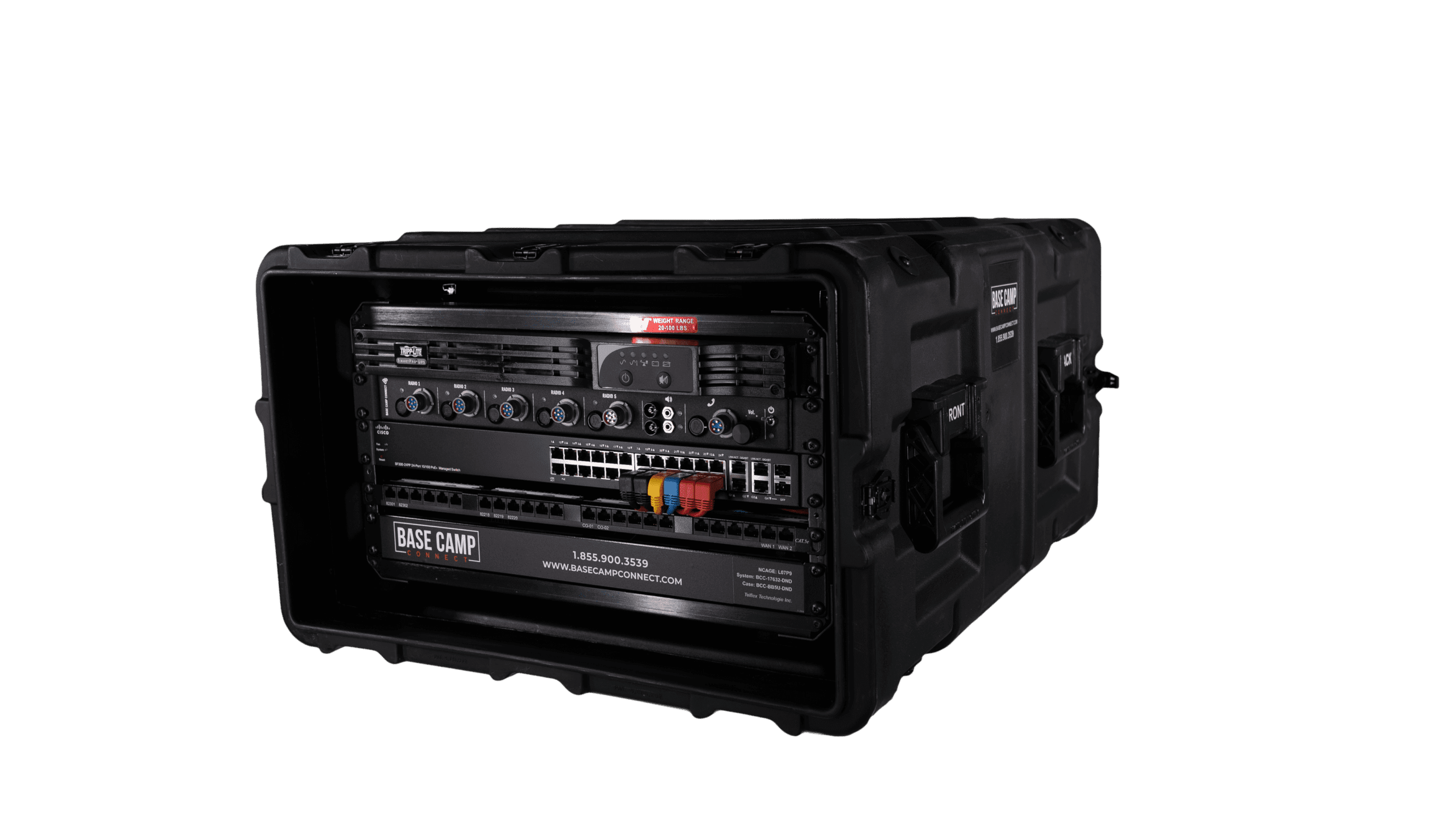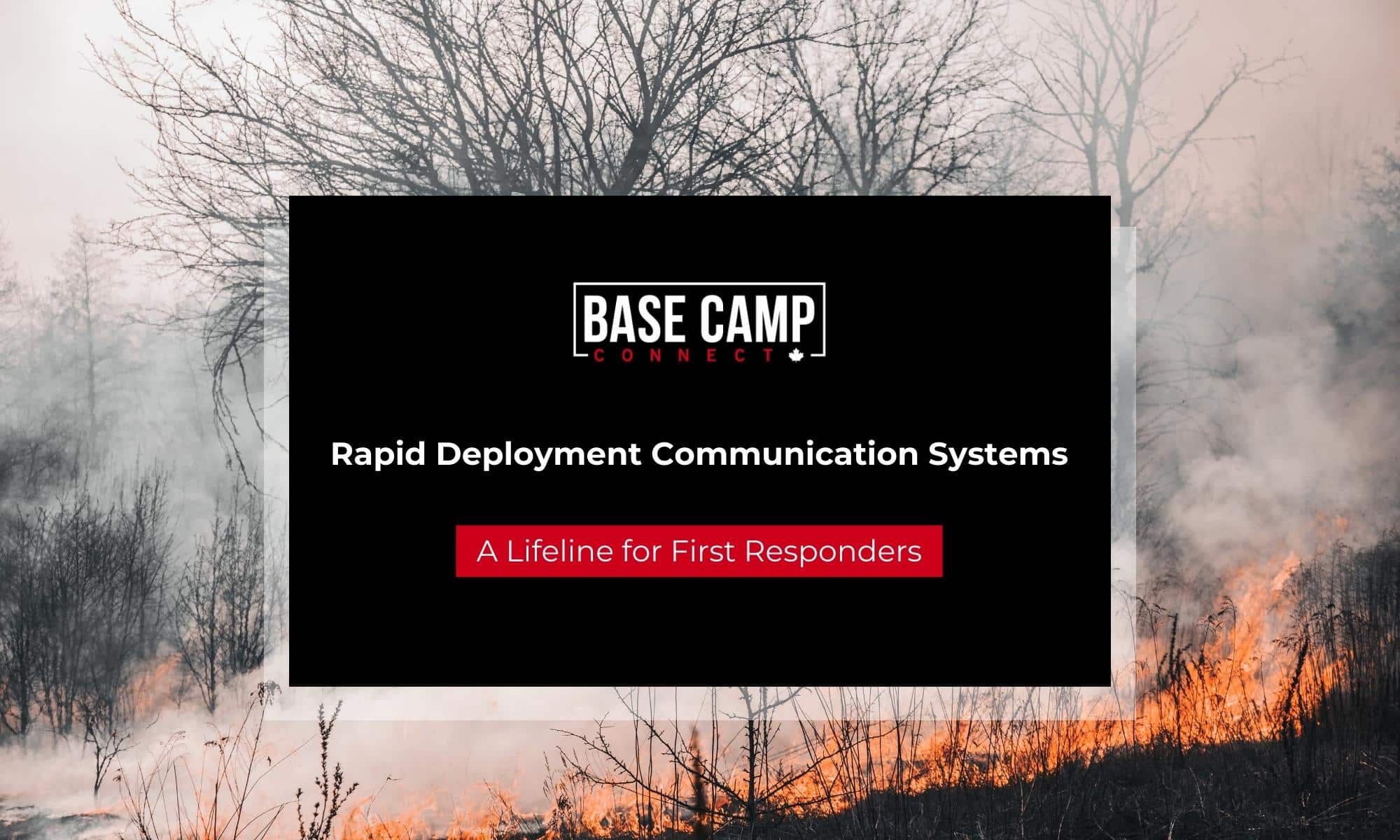First responders are often overlooked as we go about our day-to-day routines. Police, firefighters, paramedics, and emergency medical personnel serve a vital role in our society and, in many cases, help us when we are most in need. It is easy to forget that first responders can only do their jobs with the proper equipment.
Certain types of gear are crucial to success. Without the necessary equipment, first responders would be hard pressed to operate effectively, especially in remote or challenging environments. One of these vital assets critical for accomplishing the mission are rapidly deployable communication systems.
Emergencies, natural disasters, or other crises are unexpected and can make communication difficult. Typical systems we rely on daily, such as our cellular networks, can fail due to technical issues or natural events, making them unreliable in emergencies. Because of this, alternate communication assets are necessary for first responders to be effective.
Rapidly deployable communication systems address the shortcomings of other means of communication and help maintain open lines of communication no matter what the situation throws at them. Let’s look at some of the challenges first responders face in this arena and some of the rapidly deployable communication systems which address the issues.

Challenges
First responders could probably come up with an endless list of challenges they face. Just noting a handful of these challenges can help one understand the difficulties related to having consistent and reliable communication assets. We’ll focus on the top five challenges that make having rapidly deployable communication systems a must. These include network congestion, isolation, interoperability, security, and data sharing.
If you have ever tried calling someone after an emergency occurred, you have felt the pain of network congestion. When too many people try to use their cellular phones, the network overloads and delays occur. If first responders were to rely on networks such as these, critical information may be delayed in getting to where it needs to go. This can lead to poor allocation of resources and in the most extreme situations prevent lifesaving care from reaching those in need.
First responders often find themselves in isolated or remote locations. In disaster-stricken areas, even well-populated locations can essentially become a communications black hole. It is not uncommon for emergency services to respond to areas where traditional communication systems are nonexistent. Damaged infrastructure and limited connectivity can leave no other option than rapidly deployable communication solutions.
There are no collective standards when it comes to selecting communications equipment for first responders. Equipment can vary greatly from one agency to the next. It is not uncommon to see firefighters, police, and EMTs in the same city all using different types of radios. This creates a communication barrier and can make combining the skills and resources of each group extremely challenging.
While security may not seem like the greatest concern in all situations, it is vitally important to first responders. The private information of individuals must be protected. In many locations, there are laws in place to ensure medical information and other details about a person’s life are not shared with the general public. Without rapidly deployable communication systems, first responders would have difficulty protecting information from others who may be listening. This is especially true when situations like a terrorist attack occur and might require encryption capabilities when transmitting information.
Finally, we have data sharing. In order to coordinate responses during emergencies or other events, having the ability to share data is critically important. Command centers need to be fed by information on the ground. Without timely information, support and resources will be delayed in getting to where they are needed most. If there is no way for officers in the field to share what they are seeing, planners and other members of the leadership team will be operating blindly.

Rapidly Deployable Solutions
When these challenges arise, rapidly deployable communications systems are there to address any friction. The evolution of these systems is now at a point where first responders have several reliable tools at their disposal. While each has its pros and cons, they all help to provide emergency service personnel with the tools they need to keep us safe.
Mobile command centers are one of the more expensive solutions out there but can be a game changer when properly employed. Just like the command centers found in brick-and-mortar locations, mobile command centers have communications systems, computers, and tools for organizing and analyzing enormous amounts of data. With the ability to be forwardly deployed, mobile command centers help coordinate efforts on-site and aid in making timely decisions.
Regardless of how remote a location is, satellite communications can keep first responders connected to each other and their respective higher commands. Solutions like those provided by the Iridium satellite network offer a means to communicate even when operations are off-grid. These communication devices are sometimes no bigger than a cellular phone and offer voice, text messaging, and data transfer anywhere in the world.
While the networks used by most of us to communicate will overload or potentially fail during emergencies, first responders in some regions have another option. Dedicated public safety networks, like FirstNet in the United States, allow emergency service personnel to access voice, Wi-Fi, and data transfer independently of the public network. While the range of these systems is sometimes limited, they can be a force multiplier in remote regions.
Mesh networks offer an extended range of communications assets in emergencies. These networks are decentralized and allow first responders to connect devices to each other. By connecting devices, personnel can bypass traditional communication networks. This feature of mesh networks gives greater coverage in remote areas and improves the resilience of rapidly deployable communication systems.
When we think of drones, we often only consider their ability to provide high-resolution photos and videos. Some solutions are ideal for providing remote communications. Tethered drones are essentially drones that are connected to a cable that provides power and data transfer between the drone and a control station. The power cable offers flight times that are measured in hours, not minutes. Many can stay airborne for more than a day. They can also provide first responders with cellular connections, high-frequency radio, Wi-Fi, and 3G/4G signals, all while being easily deployable.
First responders are increasingly relying on digital radios to connect with their peers. Digital radios are small enough to be hand-carried and can often fit in the tactical vests worn by many emergency personnel. Unlike analog radios, digital radios convert your voice into a simplified computer language, making it easier to transmit at greater distances. Teams in remote locations will notice great clarity when compared to analog radios trying to perform the same function.
When digital radios are combined with platforms that address interoperability concerns, emergency professionals are able to integrate voice, data, and radio communication systems in a robust and deployable format. It all adds up to solving communication challenges and allowing first responders to focus on the mission.
Rapidly deployable communication solutions are vital tools for first responders. Where other means of communication fail, these assets can address the complexity and challenges present in emergencies and natural disasters. First responders will always face challenges because of the nature of their work. With rapidly deployable communication systems, at least one of those challenges has a solution.
Liked this blog post? Stay tuned by subscribing to our blog!














